replacing annuals with perennials
southerngardening24
9 years ago
Related Stories
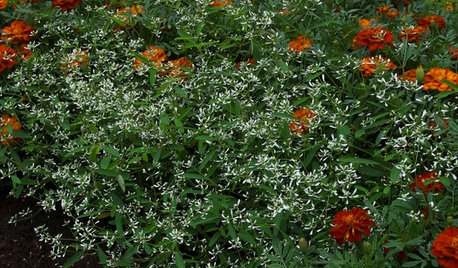
GARDENING GUIDES7 Enticing, Little-Known Annuals of the Plant World
Give these underutilized garden wonders a chance by discovering their draws
Full Story
GARDENING GUIDESTop 12 Summer-Blooming Perennials for Deer-Resistant Drama
Can you have garden color, fragrance and exciting foliage with hungry deer afoot? These beauties say yes
Full Story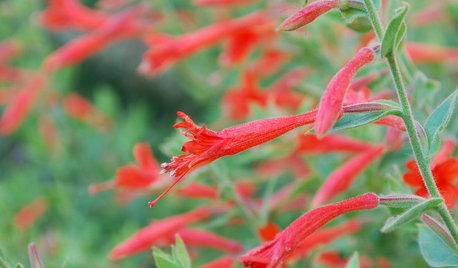
SUMMER GARDENING6 Water-Wise Perennials for Blazing High-Altitude Summers
Scorching weather and high elevations don't have to mean scraggly plantings. These blooms are as gorgeous as they are tough
Full Story
GREAT HOME PROJECTSHow to Replace Your Lawn With a Garden
New project for a new year: Lose the turfgrass for energy savings, wildlife friendliness and lower maintenance
Full Story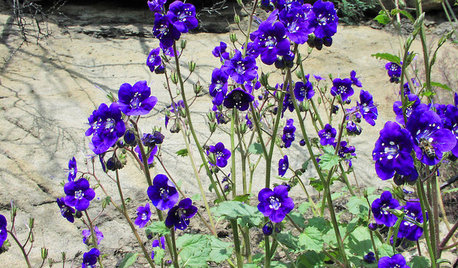
GARDENING GUIDESGreat Design Plant: Annual Phacelias
Coveted by California beekeepers and wildlife gardeners, phacelias are worth planting now for their prolific blue to purple spring blooms
Full Story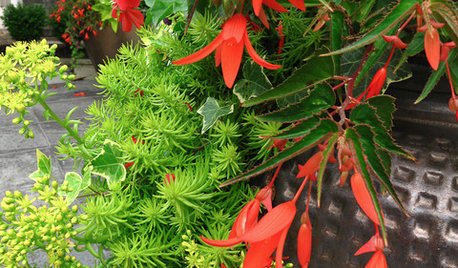
GARDENING GUIDESSuperstar Annuals for Containers and Baskets
High performing, low maintenance and all-around gorgeous, these container plants go the distance while you sit back and relax
Full Story
GREEN BUILDINGHouzz Tour: See a Maine House With a $240 Annual Energy Bill
Airtight and powered by the sun, this energy-efficient home in a cold-winter climate is an architectural feat
Full Story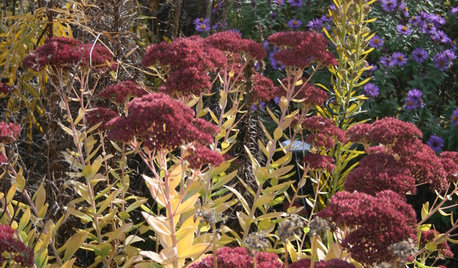
GARDENING GUIDES8 Perennials for Great Fall Color
Trees haven't cornered the market on autumn splendor. Add these flowering perennials for a foliage sight to behold
Full Story
PLANTING IDEASWant a More Colorful, Natural Garden? Try a Perennial Meadow
Spend less time tending and more time taking in the sights by improving on Victorian and prairie garden designs
Full Story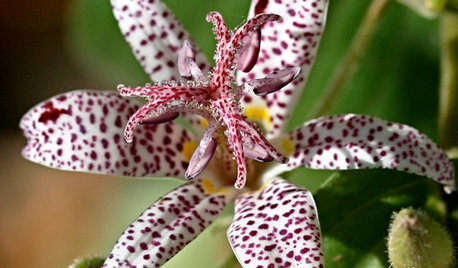
SUMMER GARDENING10 Perennials to Extend Your Garden's Summer Color
Revive summer-weary gardens with outstanding late bloomers such as toad lily, Russian sage, blanket flower and more
Full StoryMore Discussions



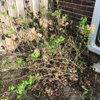
gardenweed_z6a
TexasRanger10
Related Professionals
Beavercreek Landscape Architects & Landscape Designers · Saint Louis Park Landscape Architects & Landscape Designers · Wakefield Landscape Contractors · Americus Landscape Contractors · Cordele Landscape Contractors · Fort Myers Landscape Contractors · Holtsville Landscape Contractors · Los Banos Landscape Contractors · Mason Landscape Contractors · Natick Landscape Contractors · Northport Landscape Contractors · Shirley Landscape Contractors · Tewksbury Landscape Contractors · White Bear Lake Landscape Contractors · San Pablo Landscape Contractorsshadeyplace
gardenper
gringo
gardenweed_z6a
southerngardening24Original Author
TexasRanger10
unbiddenn
southerngardening24Original Author
TexasRanger10
southerngardening24Original Author
TexasRanger10
southerngardening24Original Author